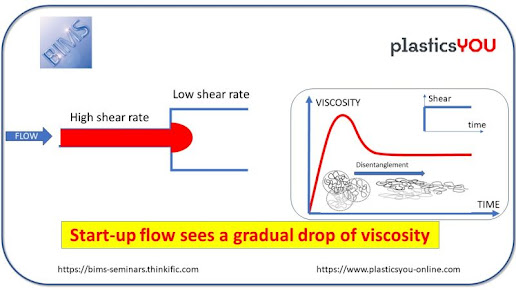Eastman Explores Novel Ways to Use Tenite™ Cellulosic Plastics for Innovative Applications
In a world that is constantly changing due to technological advancements and rapid innovation, it's rare that a product line can remain relatively unchanged yet continue to be relevant, decade after decade. But that's exactly the case with Eastman Chemical Company's Tenite™ cellulosics, a family of compounded cellulosic plastics introduced in 1932.
"Although we have developed approximately 200,000 different formulations, colors and patterns over the last 80 years, we're fundamentally using the same process as when we began compounding Tenite™ cellulosic plastics," said Lucian Boldea, Ph.D., vice president and general manager, specialty plastics, Eastman. Working with customers and external partners, Eastman continues to look for new and inventive uses for Tenite cellulosics. "We are currently exploring new ways to use Tenite cellulosics and are beginning work with a new generation of university design students to experiment with the plastics to create new and innovative applications."
Since their introduction, Tenite™ cellulosic plastics have been used in a variety of applications across numerous markets, including appliances, medical and visual merchandising. The compounded plastics have been used for telephones, automotive interiors, toys, playing cards, casino dice and musical instruments. Tenite cellulosics also continue to be used for face shields, tool handles, shopping cart handles, outdoor sign letters and ballpoint pens.
Historically, the primary use of Tenite™ cellulosics has been for eyeglass frames. Today, Eastman continues to be a world leader as a compounded cellulosics supplier for the eyewear market. In the past, the primary market for Tenite cellulosics was in North America, so the products were manufactured in Kingsport, Tenn. Although this tradition continues, in recent years, the plastics have been available globally from Eastman's U.S. and global operations. Usage is increasing in Asia, as there is a growing market for name-brand eyewear, high-performance tools, appliances and other applications that use Tenite cellulosics.
Tenite™ cellulosic plastics are made from renewable softwood materials, a substantial portion of which are derived from suppliers conforming to certified sustainable forestry management practices. These types of plastics are often called natural polymers, and they exemplify Eastman's efforts to provide its customers and consumers with an innovative, sustainable solution. Tenite cellulosics process at lower temperatures with faster drying times than competitive materials, improving energy consumption without forgoing performance.
"Although sustainability was not at the forefront of consumers' and customers' minds when Tenite™ cellulosics first came on the market, Tenite has served as an example of Eastman's sustainable material offering throughout the years," Boldea said. "Today, with an increasing interest in using sustainable materials, Tenite cellulosics continue to be a pertinent option for customers."
Tenite™ cellulosic plastics have a balance of properties, including toughness, hardness, strength, surface gloss, clarity and chemical resistance. These plastics are also easily molded, extruded or fabricated, and they are available in a variety of transparent and opaque colors and patterns. They're UV-resistant and can be used for products that are often used outdoors. One of the most unique attributes of Tenite cellulosics is that they are warm to the touch, making them ideal for hands-on applications.


Comments
Post a Comment